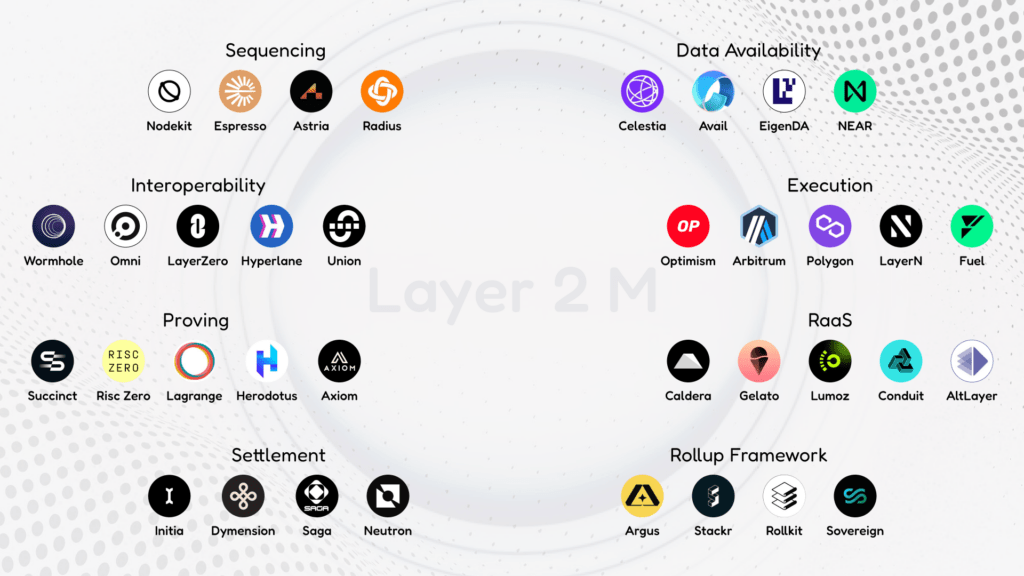Research Summary
The report delves into the potential of parallel computing to enhance the throughput of blockchain systems. It explores various techniques for parallelizing blockchain operations, including the Actor model, memory locks, and software transactional memory (STM). The report also highlights the use of single instruction multiple data (SIMD) processing to speed up specific calculations, such as cryptographic verifications.
Key Takeaways
Parallel Computing in Blockchain
- Enhancing Throughput: The report emphasizes that parallel computing can significantly improve the throughput of blockchain systems by making more efficient use of computing resources. This is a shift from traditional blockchains that typically process transactions in series.
- Actor Model: The Actor model, used by Vara, can resolve critical issues in parallel computing but may introduce computation overhead and complexity for developers. This model processes tasks sequentially within a single actor, potentially missing opportunities for parallelization.
- Memory Locks: Memory locks, implemented by blockchains like Solana, Sui, and Sei, offer developers more control but are susceptible to difficult-to-detect bugs such as deadlocks. Despite their potential for causing deadlocks and data corruption, memory locks are still used due to the control and optimization they offer.
- Software Transactional Memory (STM): STM, utilized by Aptos and Monad, aims to achieve high parallelism without the critical bugs associated with memory locks. It simplifies the process for dApp developers, though it can sometimes result in lower throughput compared to serial computation.
- Single Instruction Multiple Data (SIMD) Processing: SIMD processing is another method that can be used to speed up specific types of calculations, such as cryptographic verifications. It performs the same instruction on multiple data points simultaneously, enhancing computational efficiency and speed.
Actionable Insights
- Exploring Parallel Computing: Blockchain developers and projects should explore the potential of parallel computing to enhance the throughput of their systems. This could involve investigating various techniques for parallelizing blockchain operations, including the Actor model, memory locks, and software transactional memory (STM).
- Understanding the Trade-offs: It’s crucial to understand the trade-offs associated with different parallel computing techniques. For instance, while the Actor model can resolve critical issues, it may introduce computation overhead and complexity. Similarly, memory locks offer more control but are susceptible to bugs such as deadlocks.
- Considering SIMD Processing: For specific types of calculations, such as cryptographic verifications, SIMD processing could be a valuable tool. It performs the same instruction on multiple data points simultaneously, potentially speeding up these calculations significantly.











